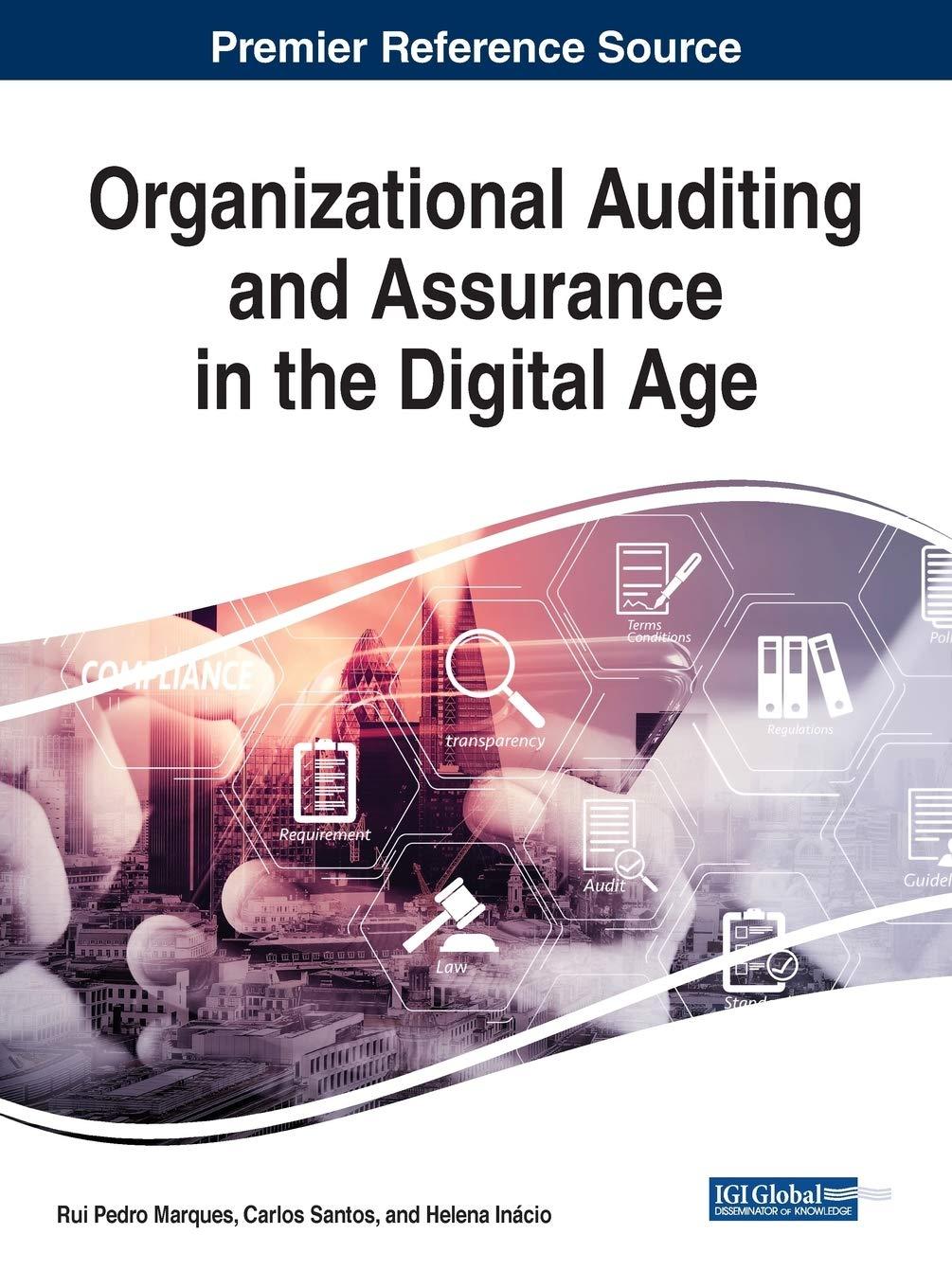Answered step by step
Verified Expert Solution
Question
1 Approved Answer
The primary difference between Tier 1 and Tier 2 IFRS relates to O None of the other answers. 0 Measurement requirements. O Size of the



The primary difference between Tier 1 and Tier 2 IFRS relates to O None of the other answers. 0 Measurement requirements. O Size of the entity. O Recognition requirements. O Disclosure requirements. If the management of a business believes that following IFRS will not result in a fair presentation of financial position and performance Then IFRS need not be followed if the IASB grants an exemption. O Then IFRS must still be followed, but extensive notes explaining the disagreement are required. O More than one of the other answers is true. O Then IFRS need not be followed if the XRB grants an exemption. O Then IFRS need not be followed, but extensive notes explaining the departure are required. The Conceptual Framework discusses prudence within the context of faithful representation. Suppose the company you are auditing must recognise an asset whose value is estimated to be in a range from $900,000 to $500,000. What should you conclude? o Conservative prudence as a valuation justification has been rejected by the IASB. O None of the other answers. O Choosing a value of $500,000 is a proper application of prudence. O More than one of the other answers. O Choosing a value of $900,000 is a proper application of prudence
Step by Step Solution
There are 3 Steps involved in it
Step: 1

Get Instant Access to Expert-Tailored Solutions
See step-by-step solutions with expert insights and AI powered tools for academic success
Step: 2

Step: 3

Ace Your Homework with AI
Get the answers you need in no time with our AI-driven, step-by-step assistance
Get Started


